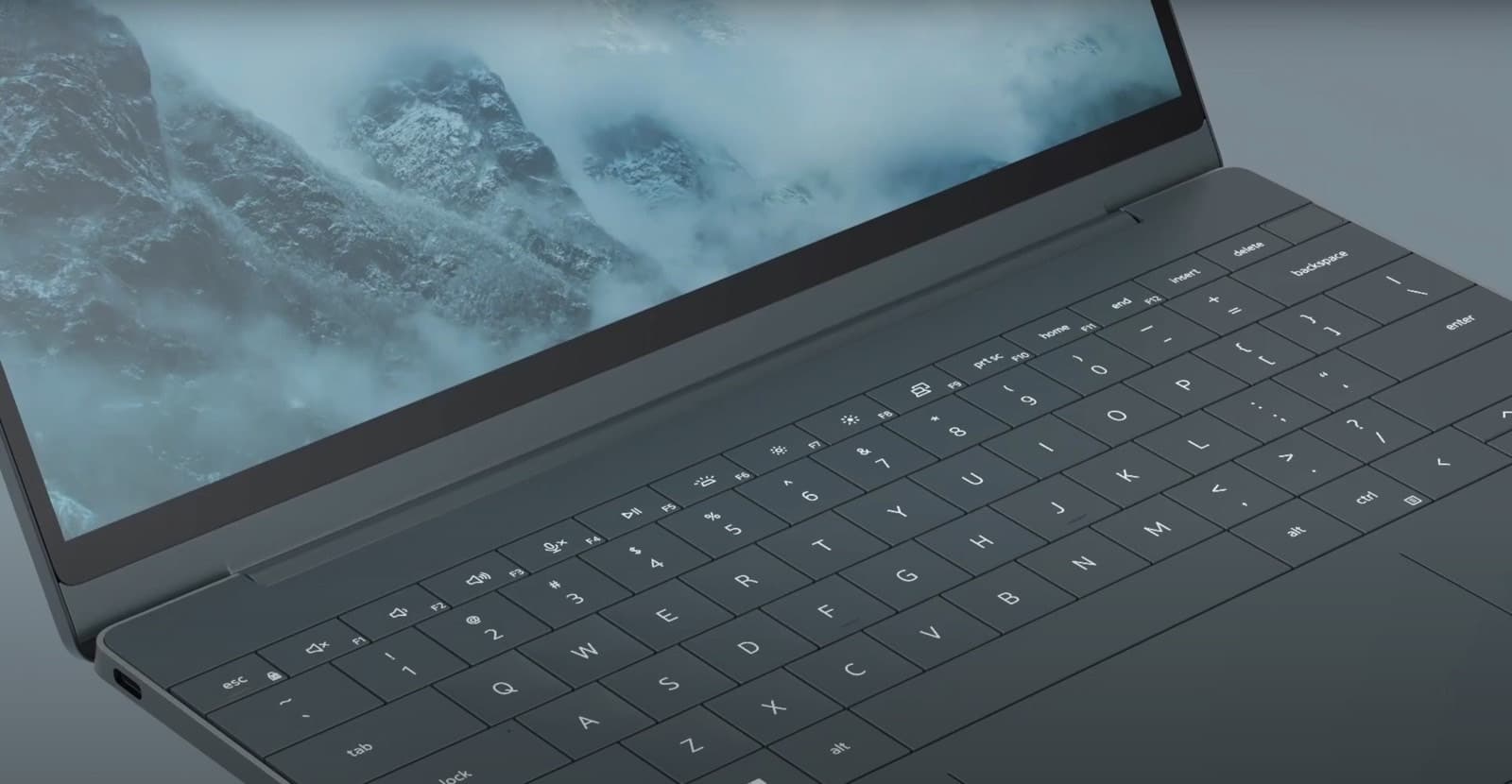Dell shows off their Luna sustainable laptop concept
2 min. read
Published on
Read our disclosure page to find out how can you help MSPoweruser sustain the editorial team Read more

When it comes to our electronics, not much thought is given to sustainability, beyond the right to repair. Dell has however asked the question of what a laptop looked like if it was designed for as little impact as possible on the environment right from the start.
The result is the Dell Luna laptop concept, which can be seen below:
https://youtu.be/WCcYsJREtjU
The device features:
- Motherboards can be one of the most energy intense components to manufacture – by shrinking its total area by approximately 75% (now smaller than 5,580 mm2) and component count by approximately 20%, Dell estimates the carbon footprint of the motherboard could be reduced by 50%.
- Dell completely reconsidered the layout of all internal components – relocating that smaller motherboard to the top cover puts it closer to a larger surface area exposed to the cooler air outside. This, combined with separating it from the battery charging unit in the base, leads to better passive heat distribution and could totally eliminate the need for a fan.
- These efficiencies could significantly reduce the overall power needs – making way for a smaller battery with advanced deep-cycle cells that is still powerful enough for daily use.
- An aluminium chassis processed using hydro power and using a stamped aluminium construction requires less energy and produces minimal scrap.
- The palm rest assembly is intentionally designed for ease of repair and reuse. The keyboard mechanisms provide clean, easy separation from other components and simplify recycling.
- Dell reduced the number of screws needed to access internal components for repair or reuse from hundreds to just four – reducing time for repairs (to disassemble, repair and reassemble key components) by approximately 1.5 hours.
- A new bio-based printed circuit board (PCB) is made with flax fibre in the base and water-soluble polymer as the glue. The flax fibre replaces traditional plastic laminates and the water-soluble polymer can dissolve – meaning recyclers can more easily separate metals and components from the boards.
The proof-of-concept was developed in collaboration with Intel, and makes components immediately accessible, replaceable and reusable—reducing resource use and keeping even more circular materials in the economy.
Dell says the concept is a first step only, but notably makes no commitment to manufacturing a device based on the principles.
Would our readers buy a sustainable laptop if it was a somewhat less performant and durable but much more repairable device? Let us know in the comments below.








User forum
0 messages